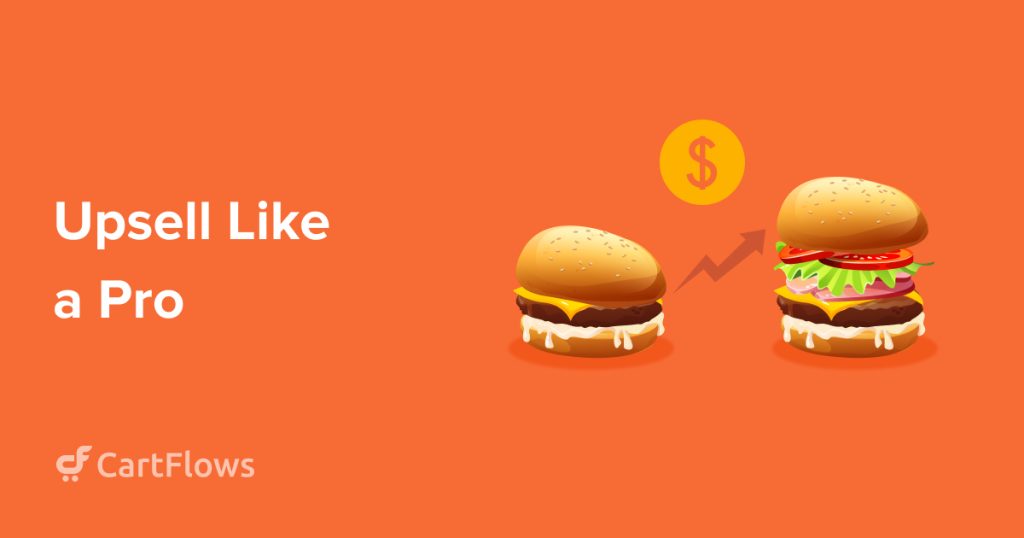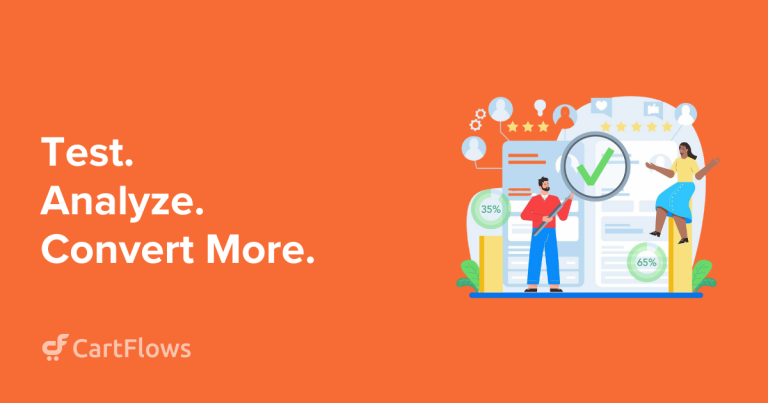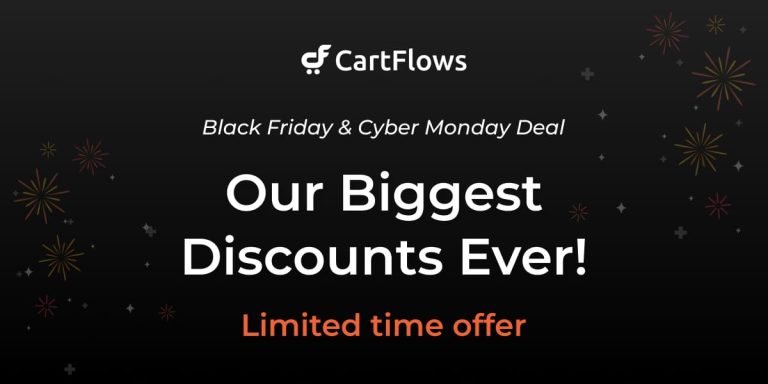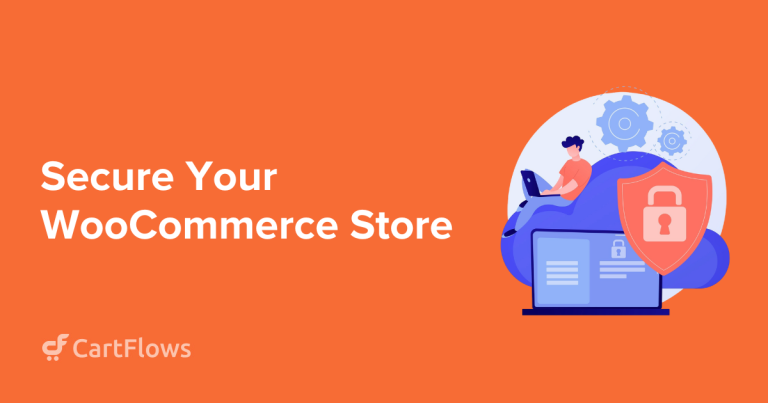Ever shopped online for a pair of pants and somehow left with an entire wardrobe?
That’s the magic of thoughtful upselling at work!
When done right, customers find items they truly love while your revenue grows – a perfect win-win.
Many eCommerce stores struggle with upselling that feels natural and relevant.
The generic “throw it at the wall and see what sticks” approach leaves shoppers feeling misunderstood rather than delighted.
A better solution is strategic, customer-focused upselling that turns browsers into loyal buyers, who appreciate your thoughtful recommendations.
If that sounds like something you want to add to your store, this article is the perfect place to start!
- Upsells vs. Cross-sells: What’s The Difference?
- The Psychology Behind Upsells
- The Four Perfect Moments for Non-Pushy Upselling
- Proven Upselling Tactics That Print Money
- The Perfect Placement for Upsells (Without Killing the Vibe)
- CartFlows: Upsells That Practically Sell Themselves
- Measure, Optimize, Dominate
- Become A Pro At Non-Pushy Upselling
- Upselling – Frequently Asked Questions
Upsells vs. Cross-sells: What’s The Difference?
Upsells and cross-sells often get mixed up. But these are two distinct strategies.
Upselling is when you guide customers toward a premium version of what they’re already considering.
Think upgrading from basic to premium subscription, or choosing the deluxe model instead of the standard.
Cross-selling is suggesting complementary products that enhance the original purchase. The classic “would you like fries with that?” is cross-selling in its purest form.
In practice, these strategies often blend together, causing confusion. But irrespective of the terminology, the objective of both strategies remains the same.
Help increase average order value.
The beauty of CartFlows is that it handles both seamlessly.
Whether you’re upgrading customers to premium versions or suggesting complementary items, the platform’s flexible workflows adapt to whatever combination works for your store.
The Psychology Behind Upsells
Great upselling is never about tricking people into emptying their wallets. It happens when customers genuinely believe an upgrade will make their lives better.
When Amazon suggests a memory card with your new camera, it feels helpful.
But when a random popup on a random website tries to sell you a backpack while you’re buying pet food? Not so much.
Psychology tells us customers say “yes” to upsells when:
- The value is crystal clear: They instantly understand why the upgrade is worth it
- Timing feels natural: The offer appears at just the right moment
- Trust already exists: They already feel good about the initial purchase
- The choice feels optional: No pressure tactics or manipulation
- Social proof supports it: Seeing others made the same choice reassures them
- Fear of missing out is triggered: Limited time or exclusive offers create gentle urgency
Successful brands understand that upselling works because of something researchers call Linear Sequential Unmasking.
It’s all about the order in which specific elements are unmasked in front of the customer.
Staying with the Amazon example, suggesting a memory card with a camera is perfect since that’s a logical next purchase.
That makes the memory card upsell an easy “Yes.”
With tools like CartFlows, that we’ll explore shortly, implementing these psychology-driven upsell offers becomes surprisingly straightforward.
The Four Perfect Moments for Non-Pushy Upselling
Now you know why upsells work, where exactly should you pitch them?
Here are 4 real life examples of upselling in action:
1. Pre-Sale
Warby Parker doesn’t start by pushing premium glasses frames, they guide you through a style quiz first.
They try to understand your preferences and then gently introduce higher-end options that match your profile.
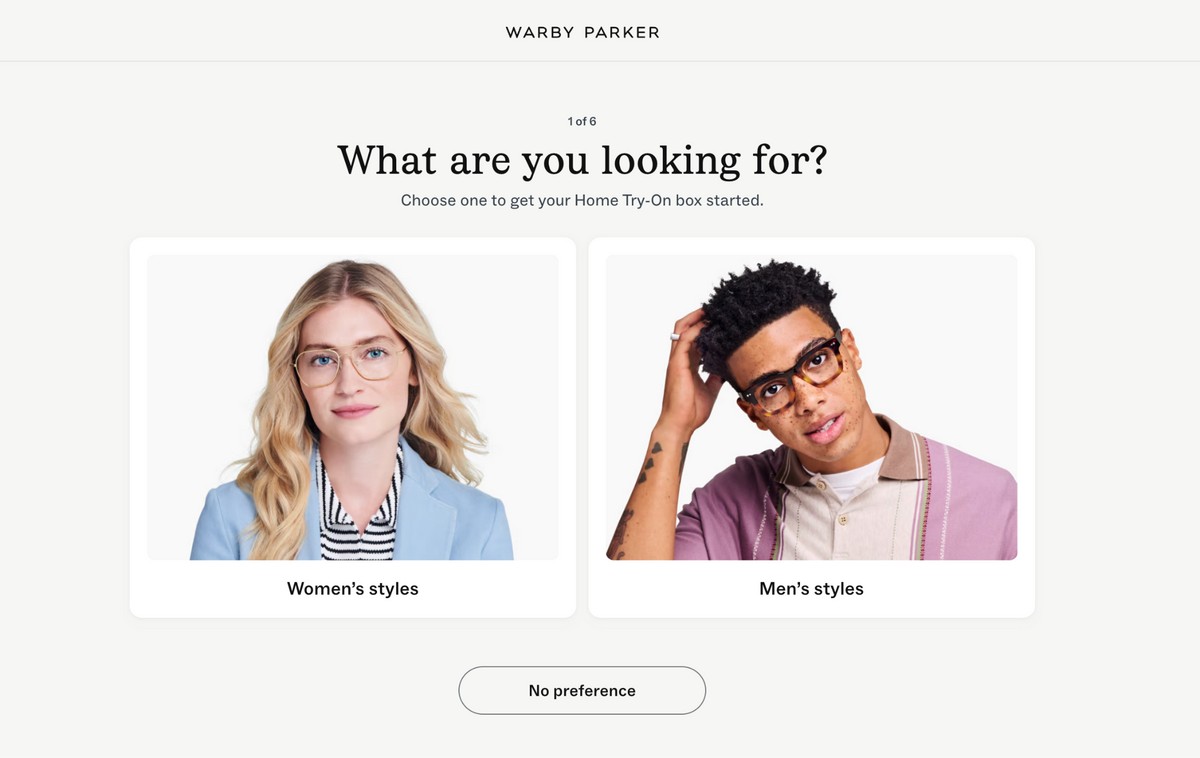
Their website lets you compare lens options side-by-side, clearly showing the benefits of blue-light filtering (+$50) or light-responsive lenses (+$125).
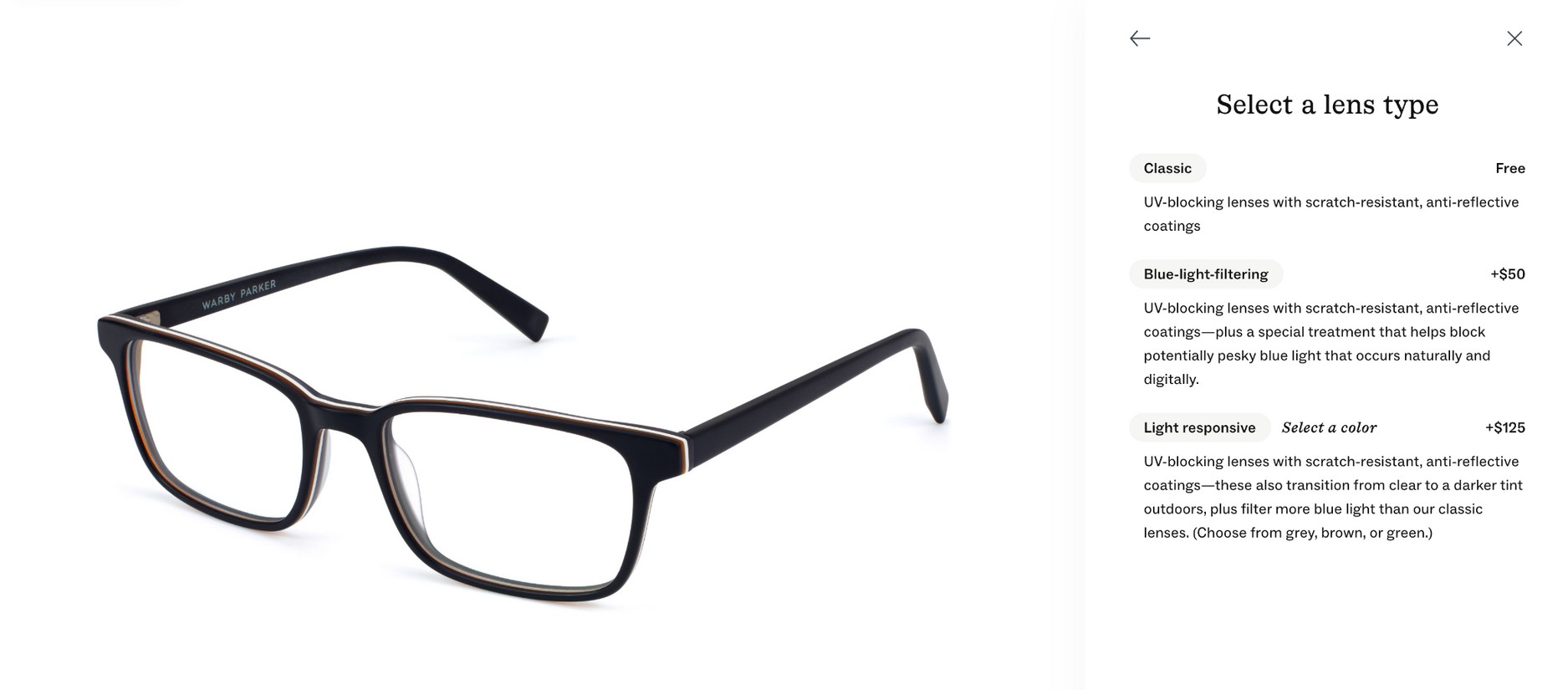
There’s no pressure to buy. You can pick the classic and move on. It’s just helpful information that lets you make informed decisions.
Pre-purchase upselling works best when it:
- Educates rather than pressures
- Shows clear comparisons between options
- Uses visuals to highlight the differences
- Incorporates reviews and testimonials from customers who chose the upgrade
- Makes the customer feel empowered rather than manipulated
2. On The Cart
Native Deodorant upsells brilliantly with free shipping. The cart shows a free shipping progress bar alongside complementary product suggestions.
Order over $10 worth of products and get free shipping.
As that’s a major selling point anyway, adding it as an upsell is an easy win.
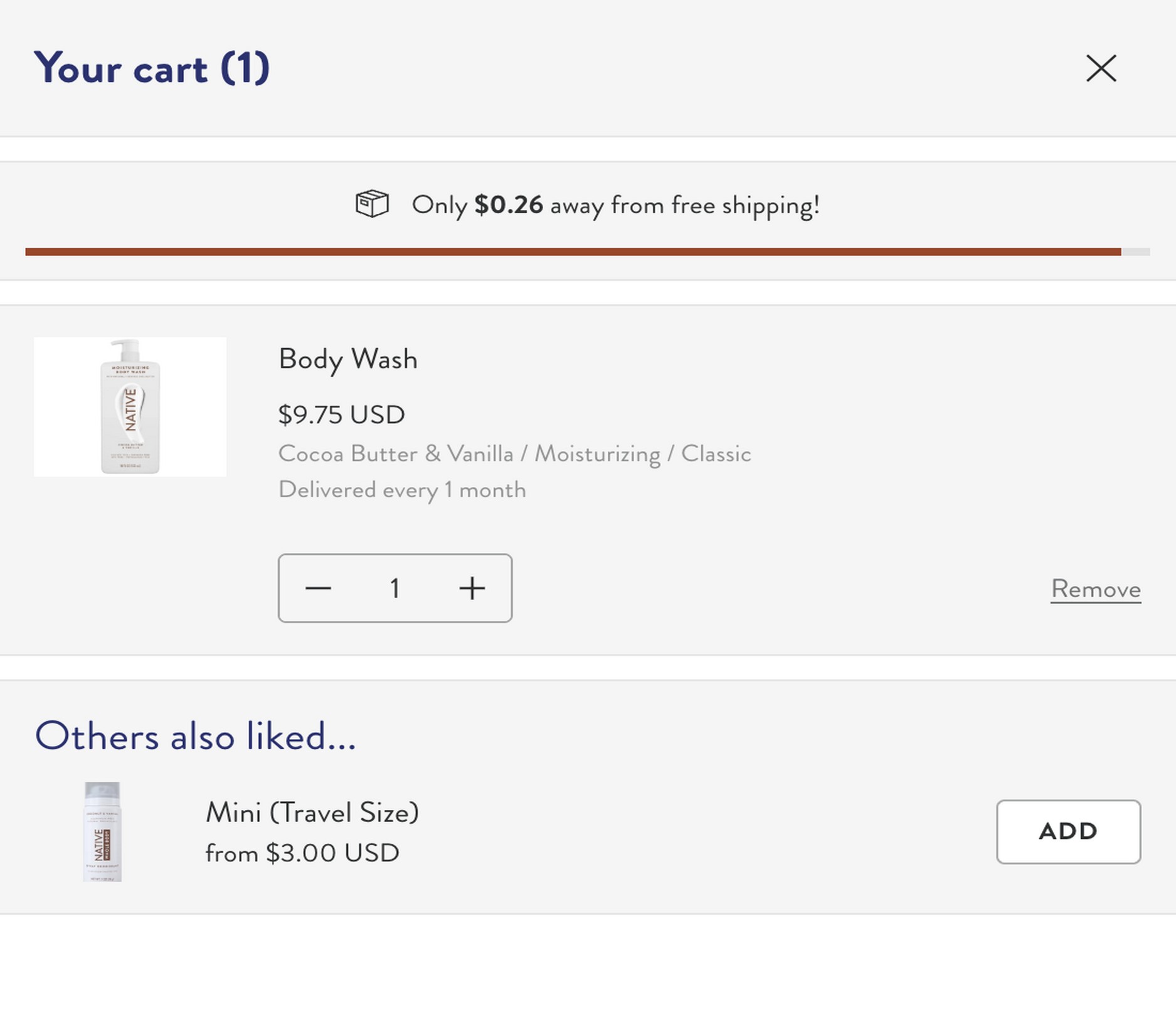
How to make this work:
- Directly enhance the original purchase
- Solve an immediate need (free shipping threshold)
- Create a sense of mild urgency
- Make the customer feel smart for maximizing value
- Use conversational language that feels like helpful advice
Cart pages are also a great opportunity to boost your average order value through upsells like these.
Customers are already in the buying mood, and since you’re charging them shipping anyway, they may as well add a product to get free shipping.
3. At Checkout
Away offers the opportunity to personalize products for +$50 extra on the product page as well as on the shopping cart page.
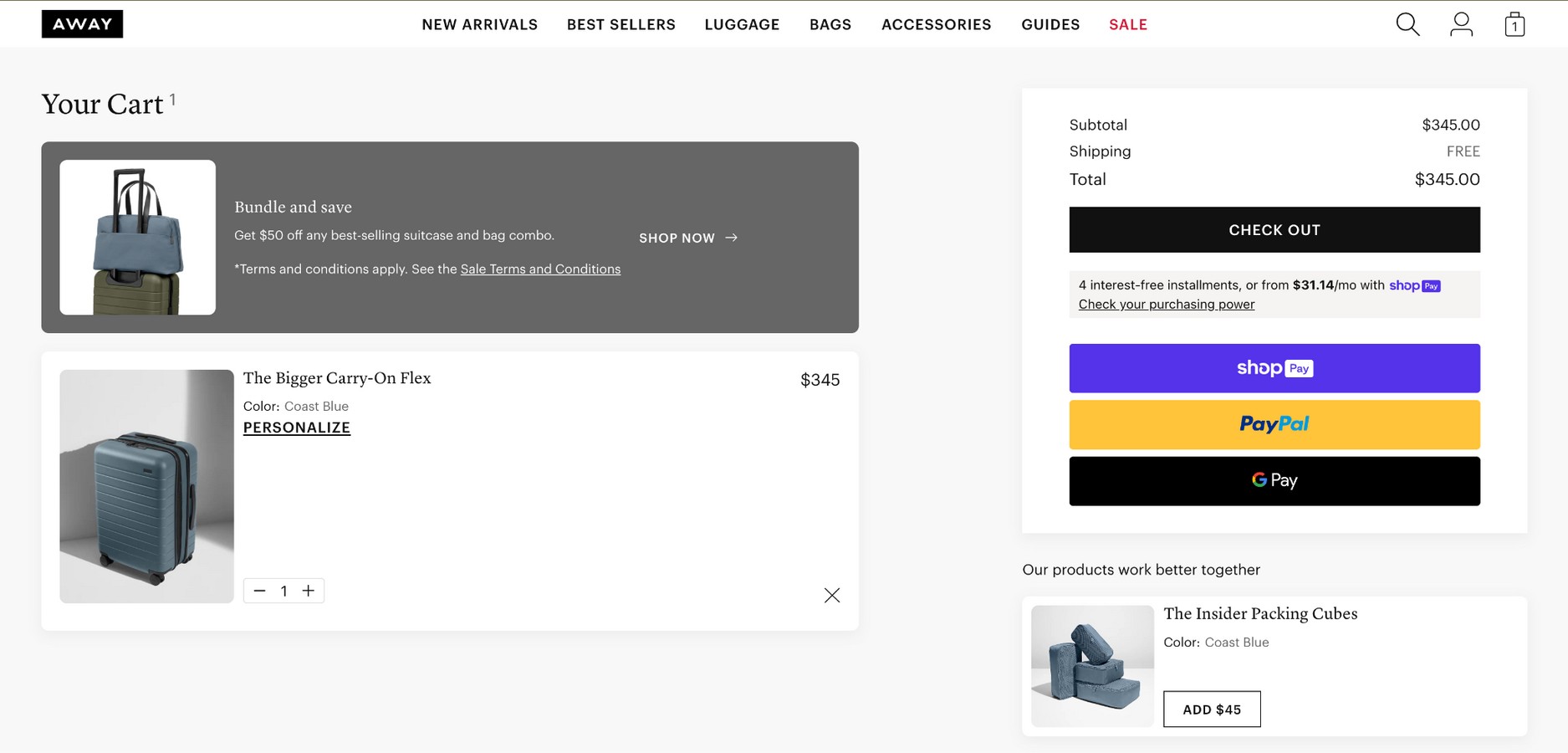
They let customers add any three letters printed on your luggage and choose the text and shadow color.
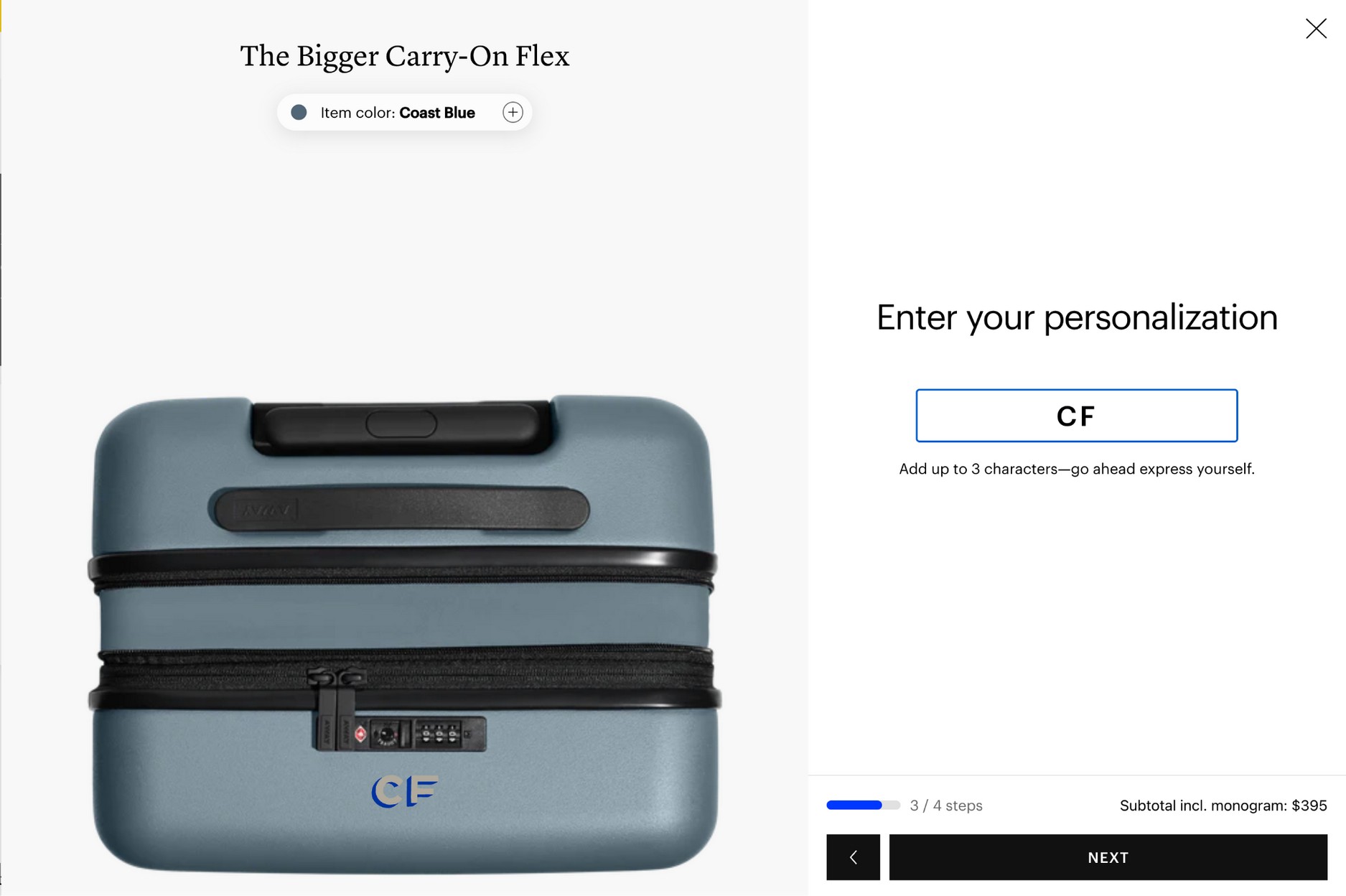
The brilliance here? A sleek personalization modal appears wherever the customer is shopping without any backtracking.
Choose three letters, pick your text and shadow colors, and that’s it.
Personalization upselling succeeds because it:
- Turns standard products into emotional purchases
- Presents options at multiple decision points
- Creates urgency (“personalize before we ship!”)
- Requires minimal extra effort from customers
- Boosts perceived value without complex decision-making
Personalization feels less like an upsell and more like a thoughtful option that enhances their travel experience.
Exactly how great upselling should feel.
4. Ongoing Upselling
Dollar Shave Club starts with a simple razor subscription, then gradually introduces you to their entire grooming line over time.
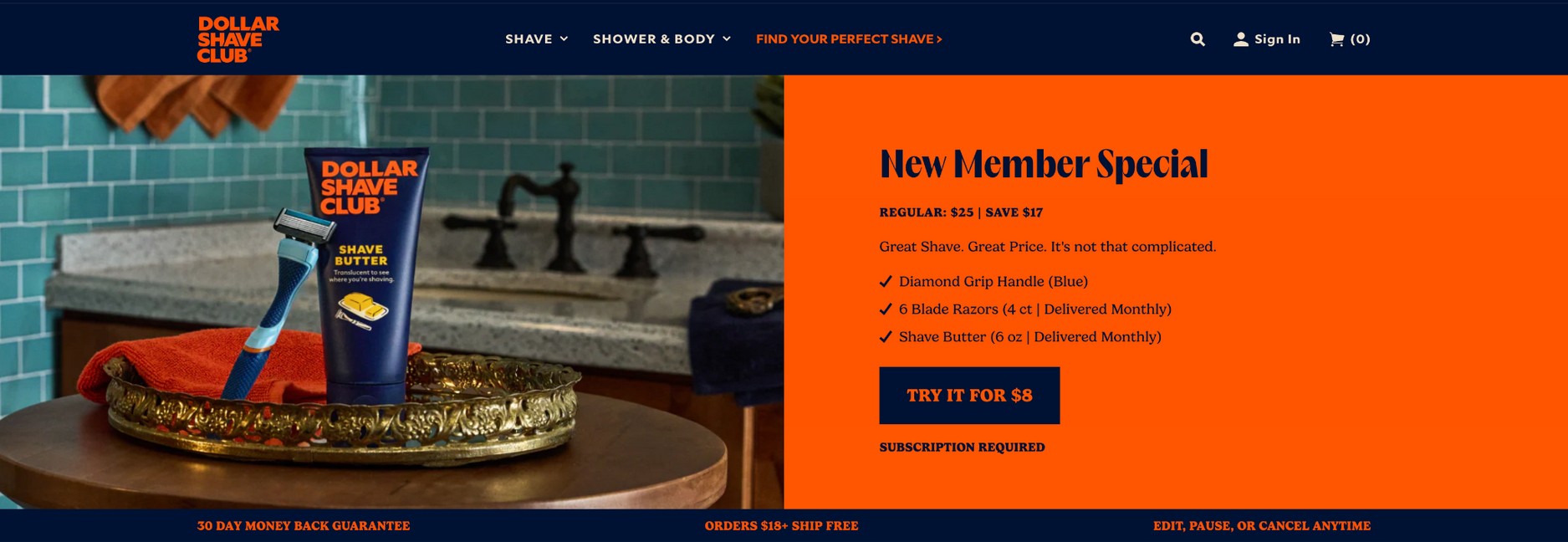
They’ve heavily invested in the design of their account pages and also upsell to customers after they’ve ordered.
This patient approach leads to a higher customer lifetime value compared to trying to sell everything upfront.
The loyalty ladder approach:
- Builds trust through multiple positive experiences
- Uses customer data to make increasingly relevant offers
- Introduces premium products gradually as trust increases
- Makes customers feel valued rather than targeted
- Creates a sense of membership and belonging
Birchbox sends emails highlighting the additional benefits of the premium subscription tier and encourages customers to upgrade rather than simply renew at their current level.
The timing here is perfect – right when customers are already considering whether to continue their relationship with the brand.
Proven Upselling Tactics That Print Money
Those were the four perfect moments when you can time your upsells. But what tactics and methods can you use to make the most of customers’ attention?
Offer Irresistible Addons and Upgrades
Apple employs this strategy with AppleCare.
When purchasing any device, customers are presented with the AppleCare plan that can be easily added to the cart.
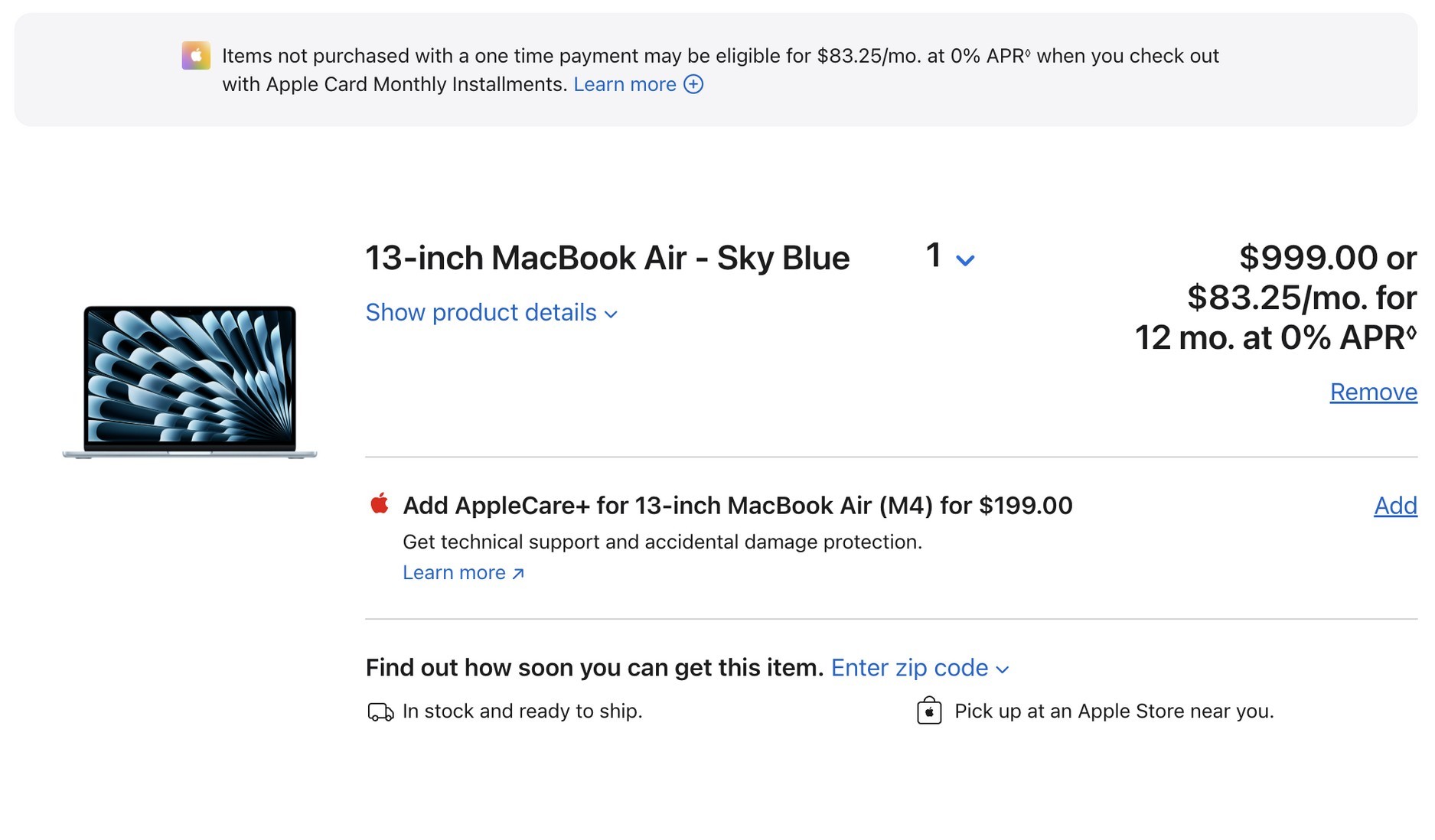
As Apple sells premium products, adding damage cover and support makes the AppleCare upgrade feel like insurance rather than an upsell.
Who wouldn’t want to protect their expensive new MacBook?
CartFlows’ Pre-Checkout Offer makes this seamless by displaying perfectly timed upgrade options when customers click the Place Order button.
It works with virtually any payment gateway you can use.
Bundle It Up
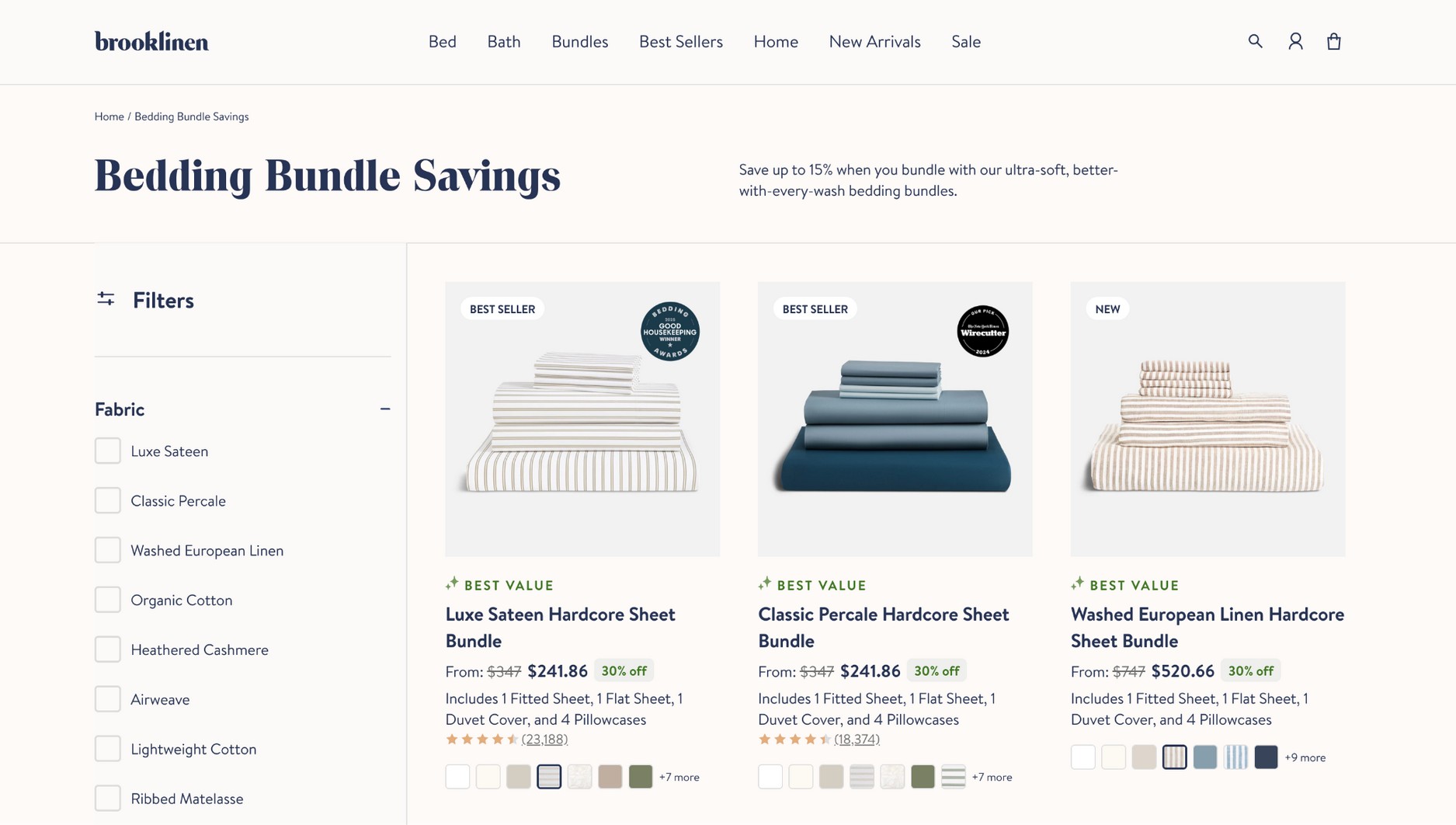
Brooklinen doesn’t just sell sheets, they offer complete bedding sets that save customers money compared to buying individually.
Their “Bedding Bundle” includes sheets, pillowcases, and a duvet cover at a discount, increasing average order value while making customers feel like savvy shoppers.
CartFlows’ Dynamic Offers simplifies bundling by showing the most relevant product combinations based on what’s in the cart, purchase history, or spending threshold.
Use Free Shipping
Walmart’s free shipping on orders over $50 is a classic threshold-based incentive that works wonders.
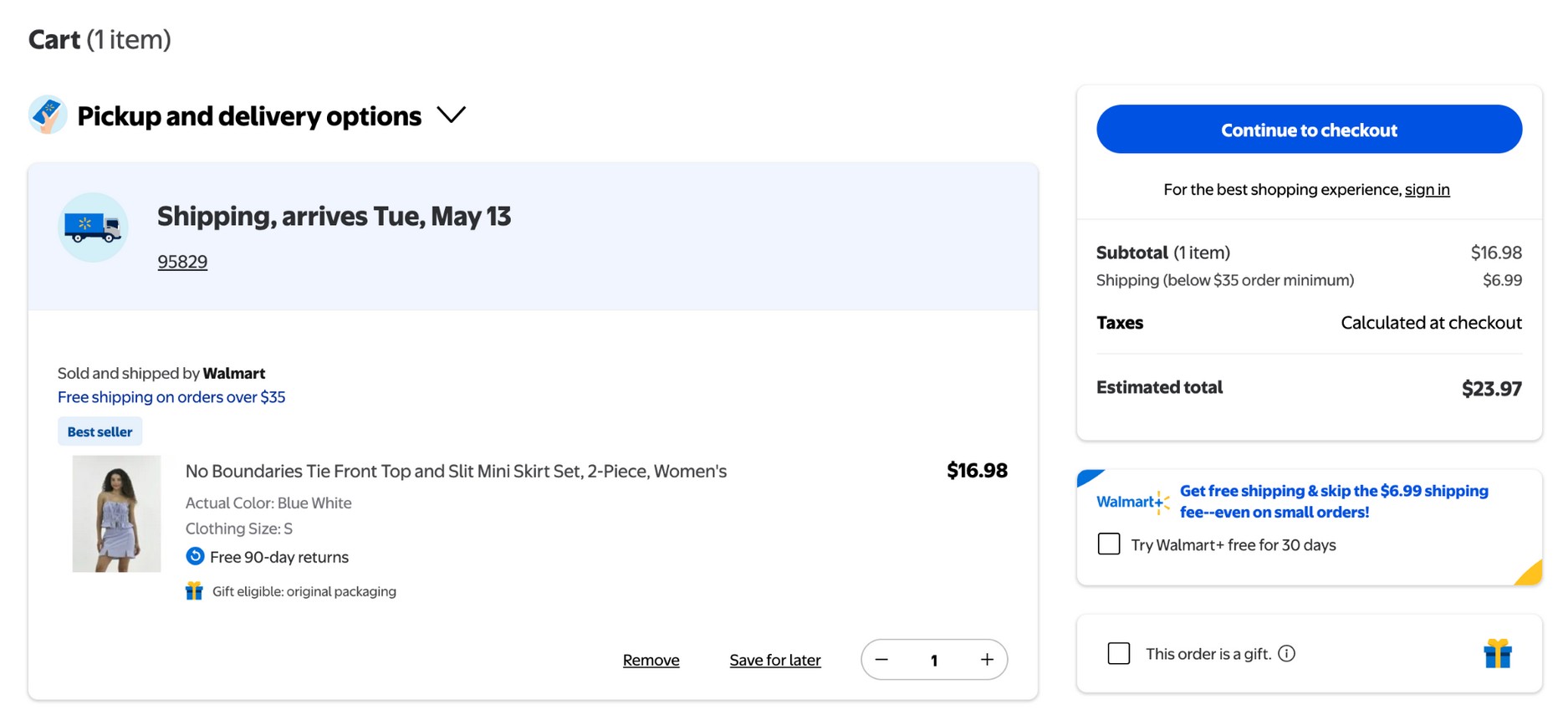
The magic happens when a customer has $40 in their cart. They’ll often add that small $10-20 item rather than pay for shipping, increasing both revenue and satisfaction.
CartFlows’ Order Bump feature can display complementary products at checkout that help customers reach free shipping thresholds while boosting your average order value through strategic suggestions.
Limited-Time Offers
Booking.com excels at creating urgency with their limited-time offers.
When browsing accommodation, you’ll see messages like “Only 1 room left at this price!” or “Limited time deal!”
You may also see messaging like “5 other people booked this property in the last 1 hour”
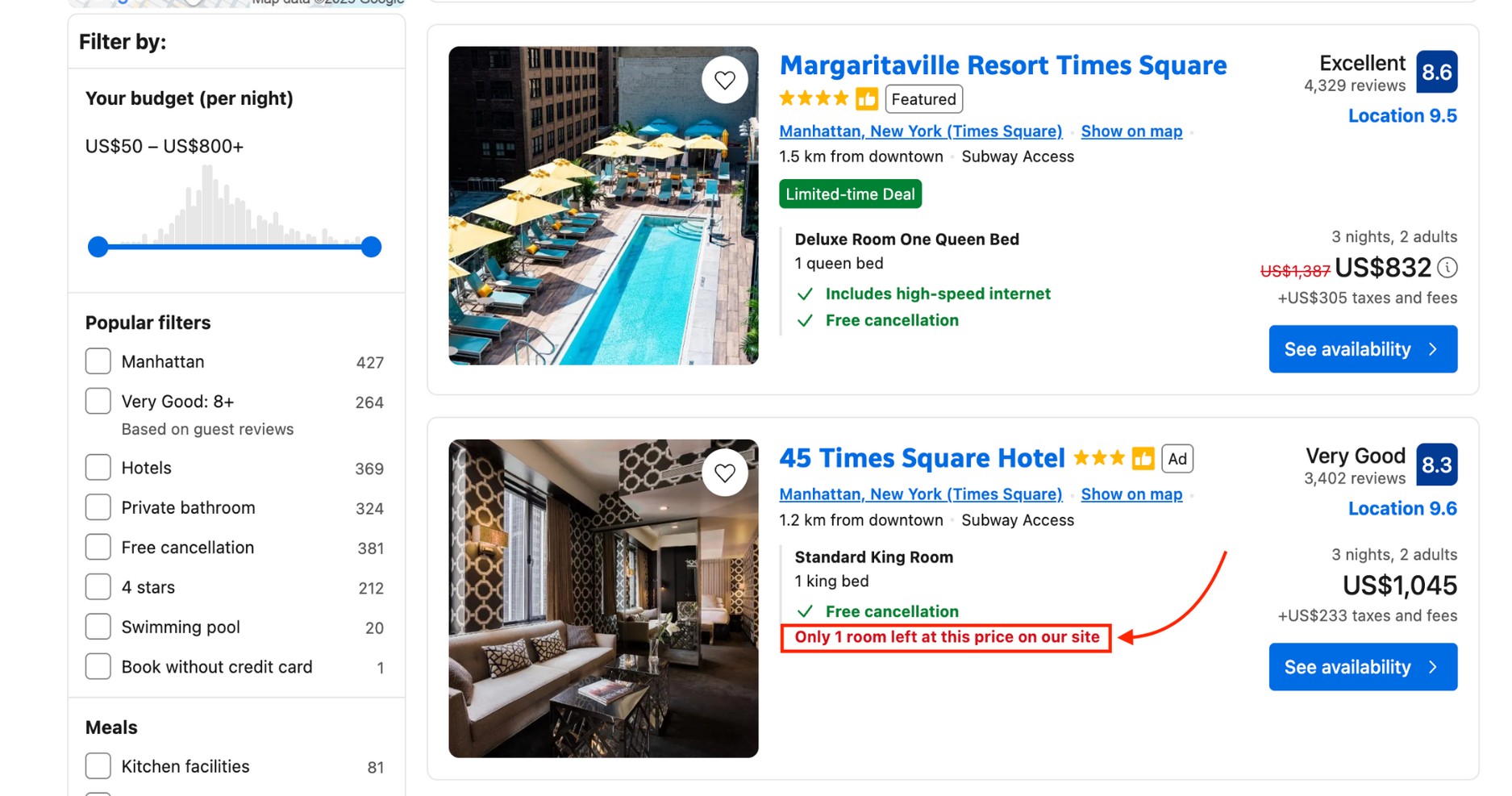
This works because they combine three powerful psychological triggers: scarcity (limited rooms), urgency (countdowns), and social proof (“15 other people looking at this right now”).
CartFlows’ A/B Split Testing feature lets you test different urgency messaging on your upsell pages directly from your dashboard.
Tracking conversions helps identify which limited-time offers convert best.
Stop Selling Features
Patagonia doesn’t sell jackets, they sell environmental responsibility and adventure.
In fact, you would see their homepage banner is often about the campaigns they’re running instead of the products they’re selling.
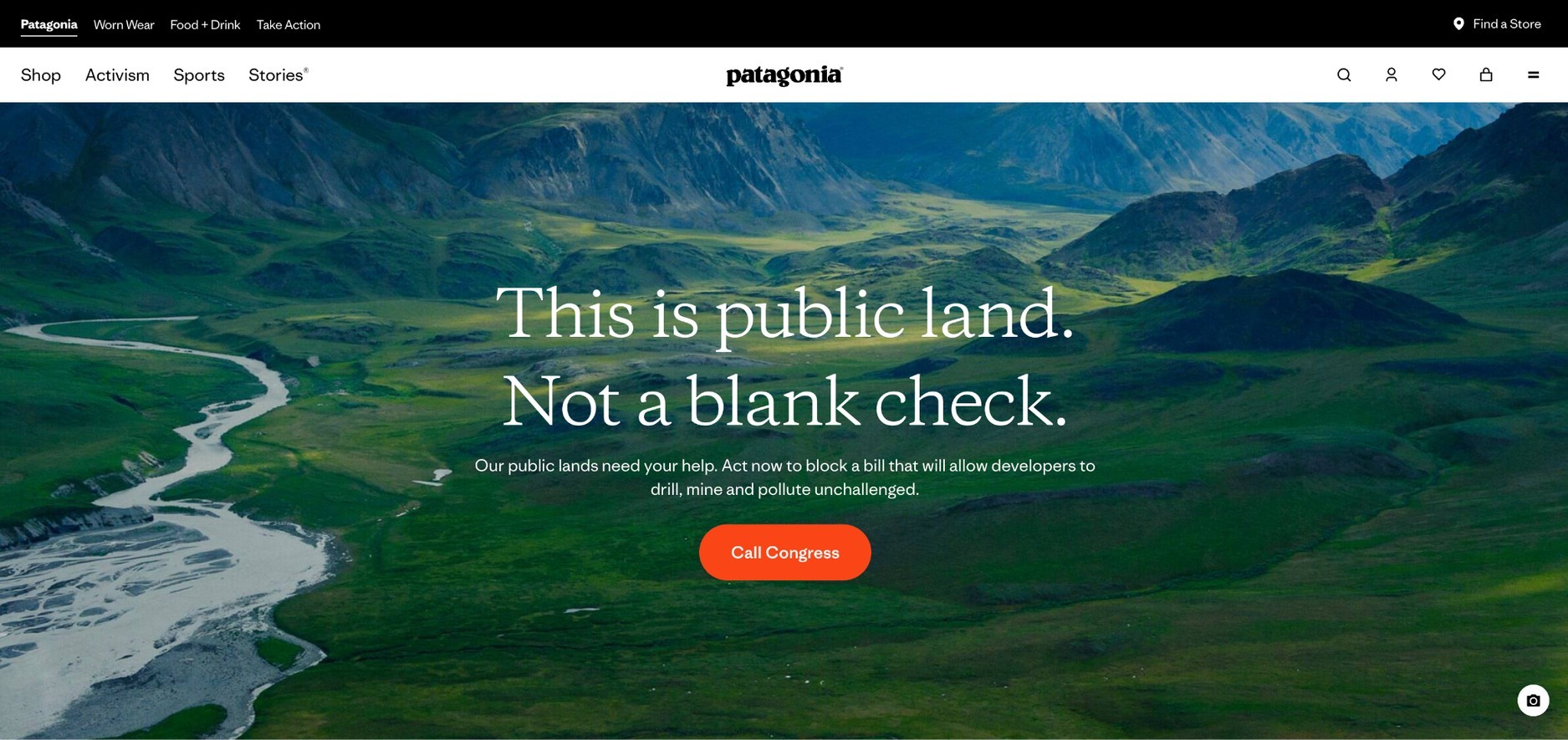
Instead of focusing solely on specifications like waterproofing ratings, they tell stories about where their materials come from, the campaigns and activism you’re supporting, and the adventures you could go on wearing their jackets.
And that’s the difference.
CartFlows’ templates are perfect for story-based selling.
With its own drag and drop builder, you can craft compelling benefit-focused upsell pages that connect emotionally.
Personalized Recommendations
Sephora’s “We Think You’ll Also Love” suggestions are hyper relevant to a customer’s needs.
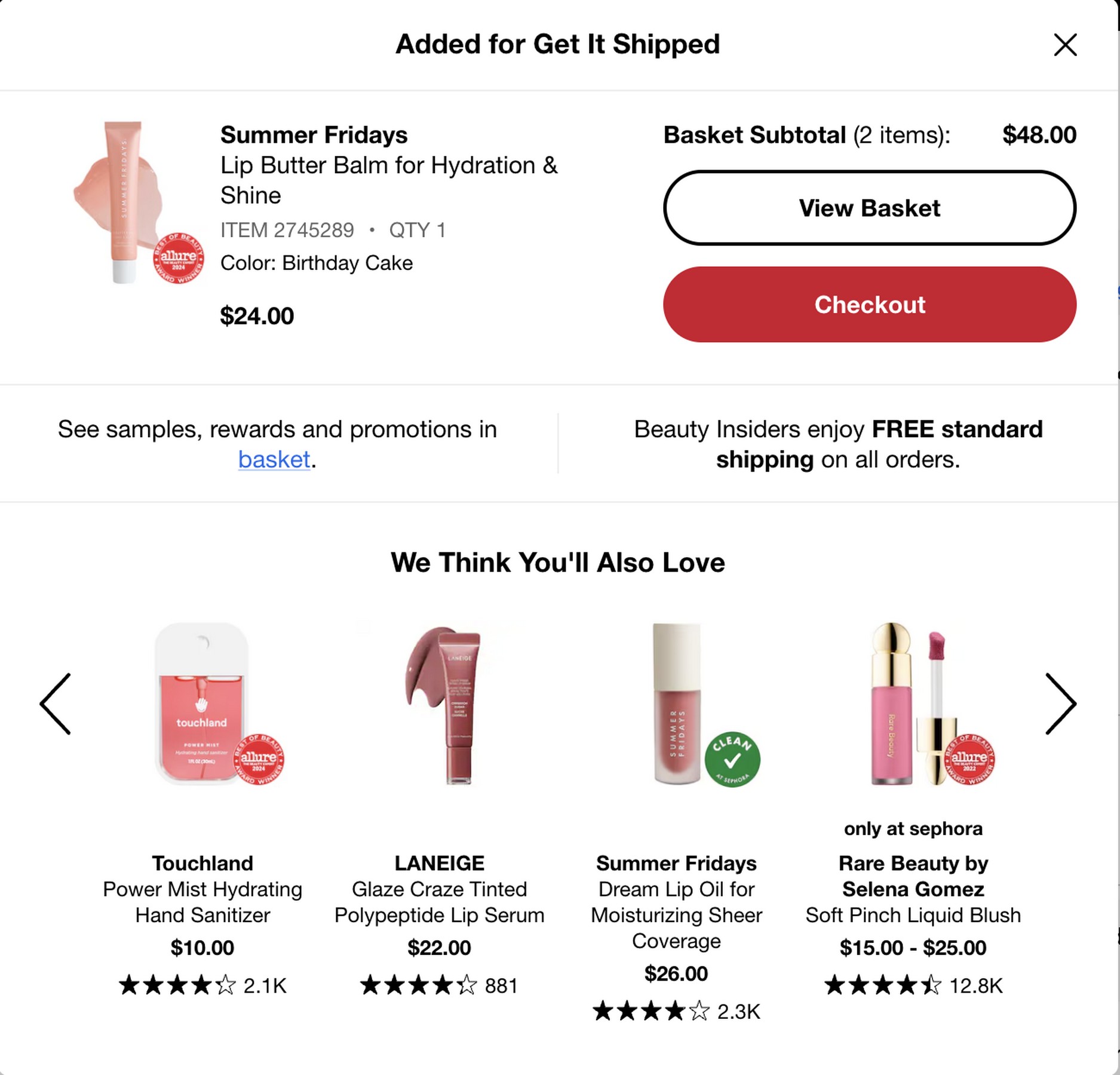
When buying lip balm, you’ll see suggestions for lip serum, lip oil and other relevant products.
If you add a foundation to the cart, they’ll suggest primers and setting sprays from brands you’ve previously purchased or from popular combinations based on other purchases.
CartFlows’ Dynamic Offers has a canvas mode that helps you visualize your entire customer journey and create sophisticated personalization rules.
You can target offers based on product categories, tags, spending thresholds, or shipping locations to create relevant recommendations that feel custom-tailored to each shopper.
The Perfect Placement for Upsells (Without Killing the Vibe)
Placement makes a big difference in how customers perceive upsells.
When deciding placement, ask yourself a simple question: is it convenient for customers?
If the placement isn’t an extremely obvious, easy choice (like those chocolate bars kept near checkout at Costco), the placement isn’t good enough.
On Product Pages
Apple’s product pages for devices like MacBooks allow you to easily view details and switch to higher-end device configurations with just one click.
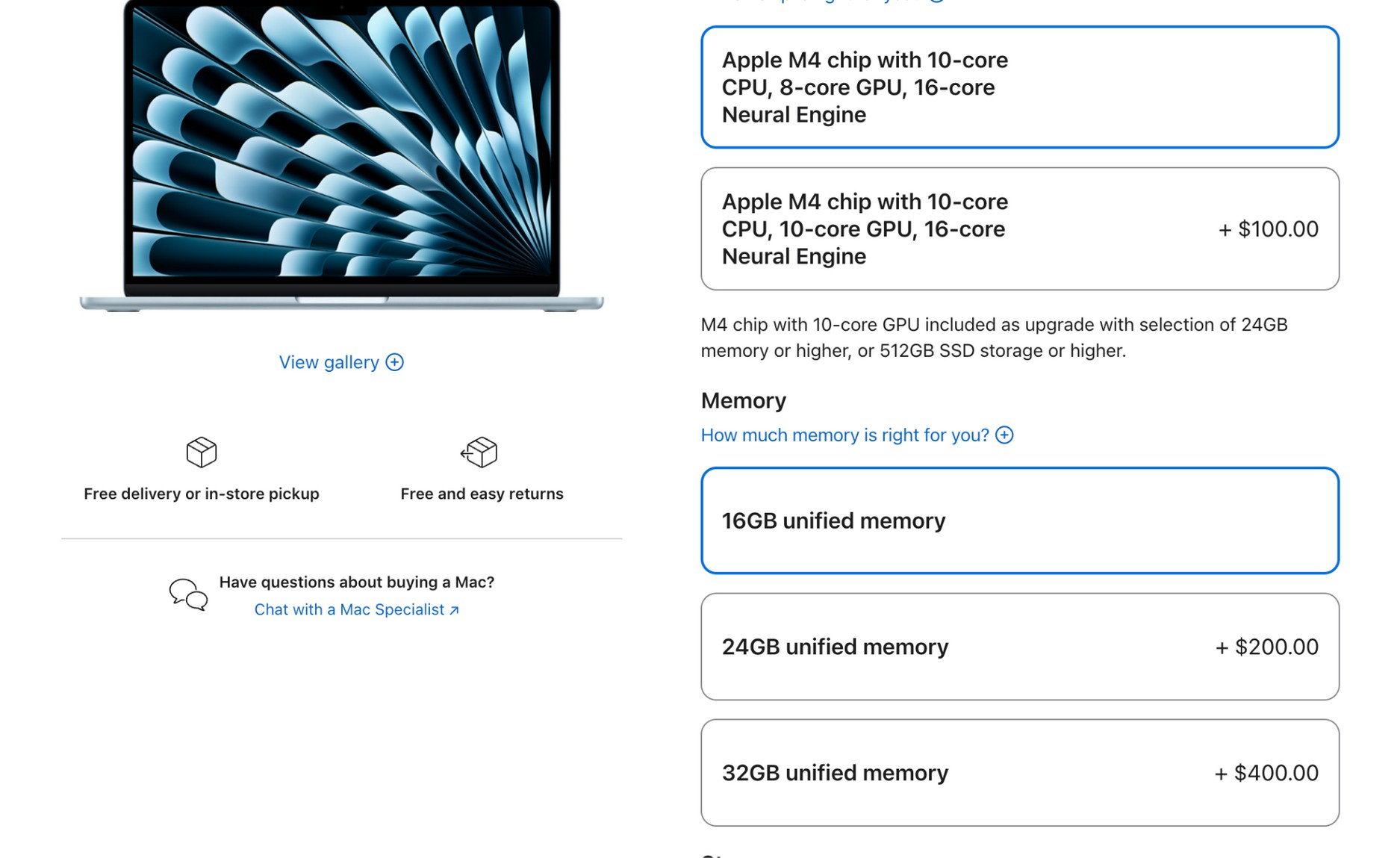
They limit the number of upgrade options to prevent decision paralysis while clearly explaining the benefits of each option.
Product page upsells work best when they:
- Focus on customization and personalization
- Use comparison tables to highlight differences
- Include social proof for premium options
- Allow easy visualization of different options
- Maintain a clean, uncluttered design
While Adding to Cart
Lovevery shows multiple products and subscription choices for children based on the age you enter.
That’s how they figure out what the best product suggestion would be.
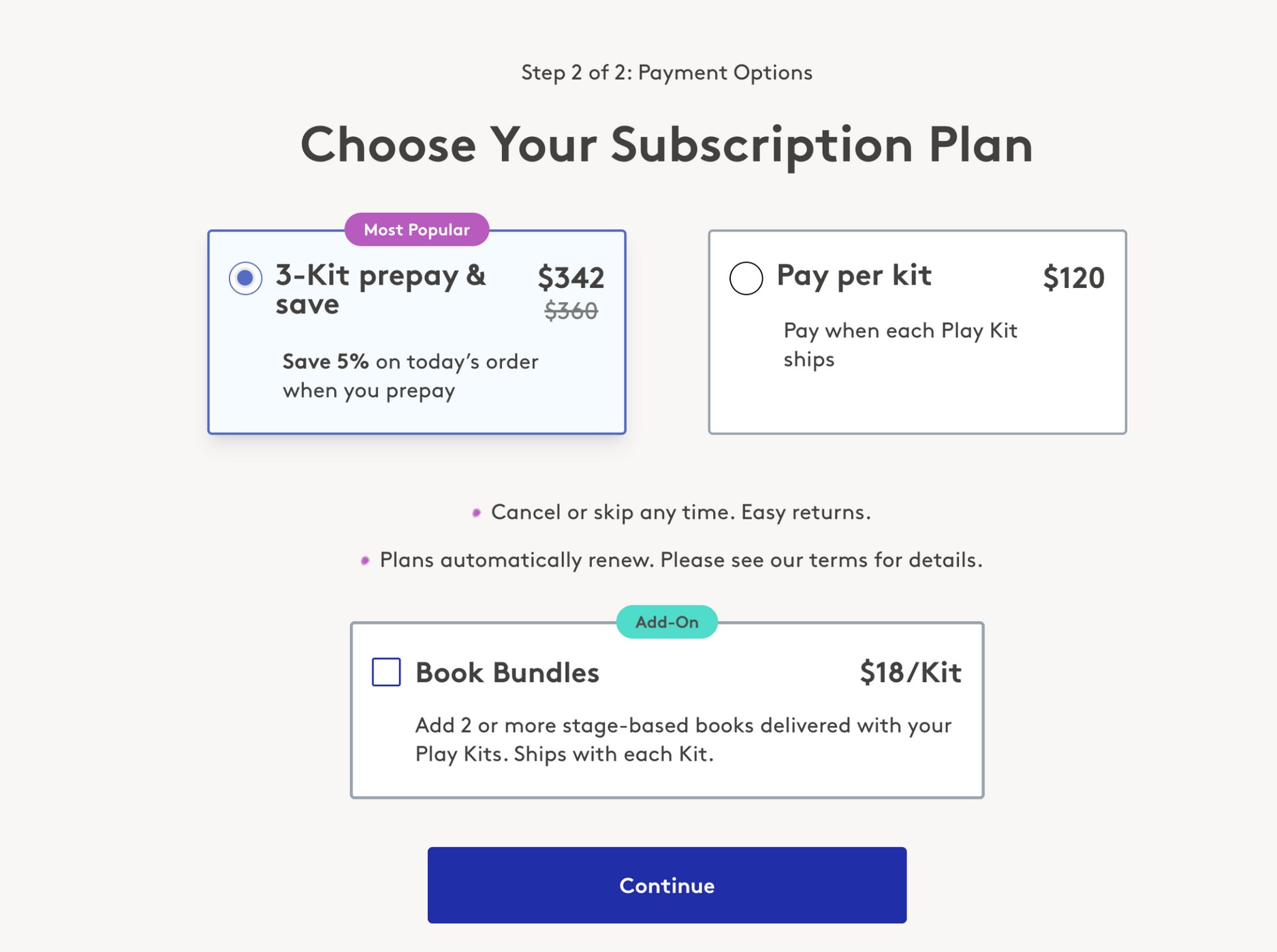
This works because:
- It’s triggered by a specific action that indicates interest
- The suggestion is genuinely relevant
- It’s presented as helpful information, not a sales pitch
- It includes social proof (“most popular”)
At Checkout
Bombas has an interesting way to upsell their products. Instead of suggesting something as a recommended product, they suggest items to help customers fulfill their $75 threshold for free shipping.
This does two things.
It saves time and it saves money that you would have to pay for shipping. After all, we would all prefer to have an extra product rather than pay for shipping, wouldn’t we?
It also increases the average order value for Bombas, which is why we suggest it.
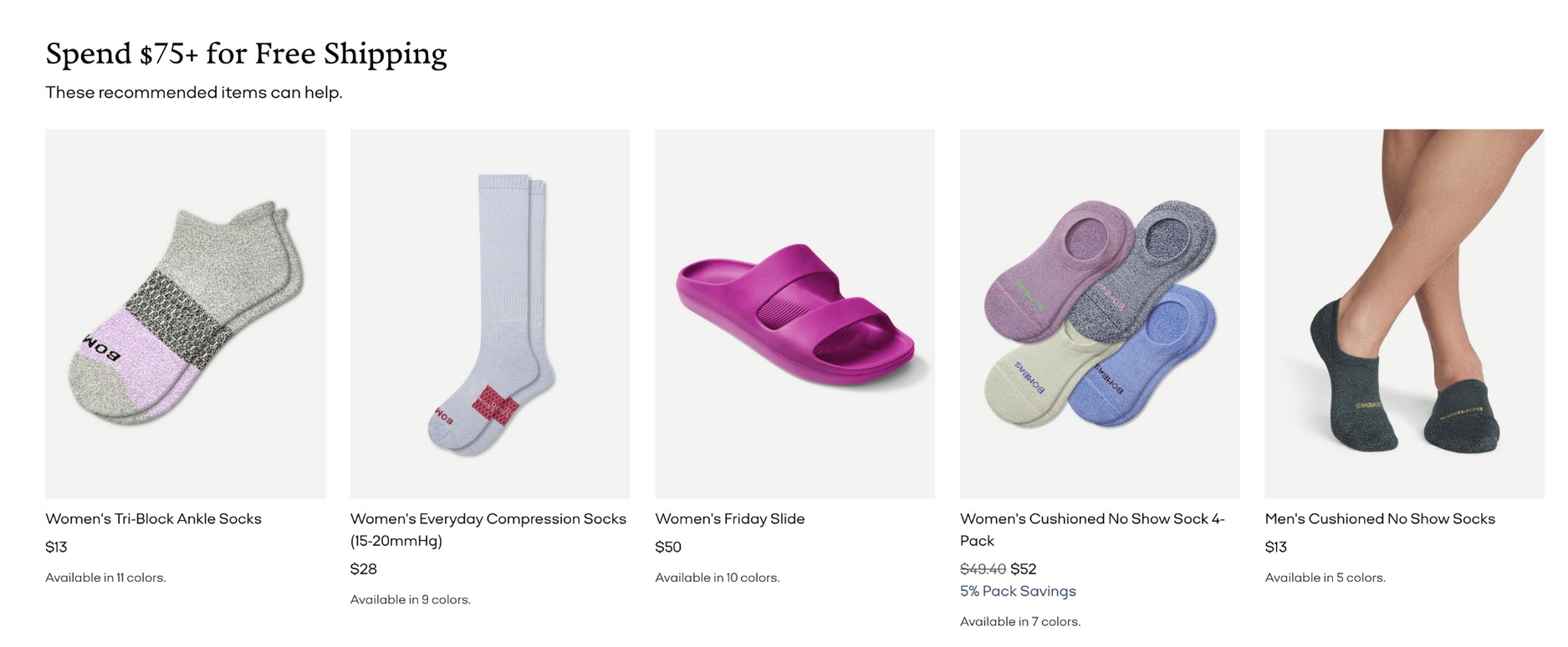
What makes this effective:
- The offer genuinely saves money
- It’s presented as a way to offset the shipping prices but not as an obligation
- The value proposition is immediately clear
- It respects the customer’s time with a simple one-click addition
After Purchase
Pura Vida uses post-checkout pages to offer exclusive discounts on complementary items after purchase.
This strategy works because:
- It creates a sense of exclusivity and appreciation
- The time limit creates urgency without feeling manipulative
- The offer feels like a reward, not a sales pitch
- It’s clearly related to what they just purchased
CartFlows: Upsells That Practically Sell Themselves
If you want to replicate these workflows for your store, CartFlows offers powerful tools to do just that.
It helps you implement effective upselling strategies in your store with minimal technical effort.
Here’s how to set it up:
Begin by installing the CartFlows plugin on your WordPress site.
Now, in the CartFlows dashboard, create a new flow that includes your main product page, checkout, and thank you page.
This is the default flow so not much for you to configure here.
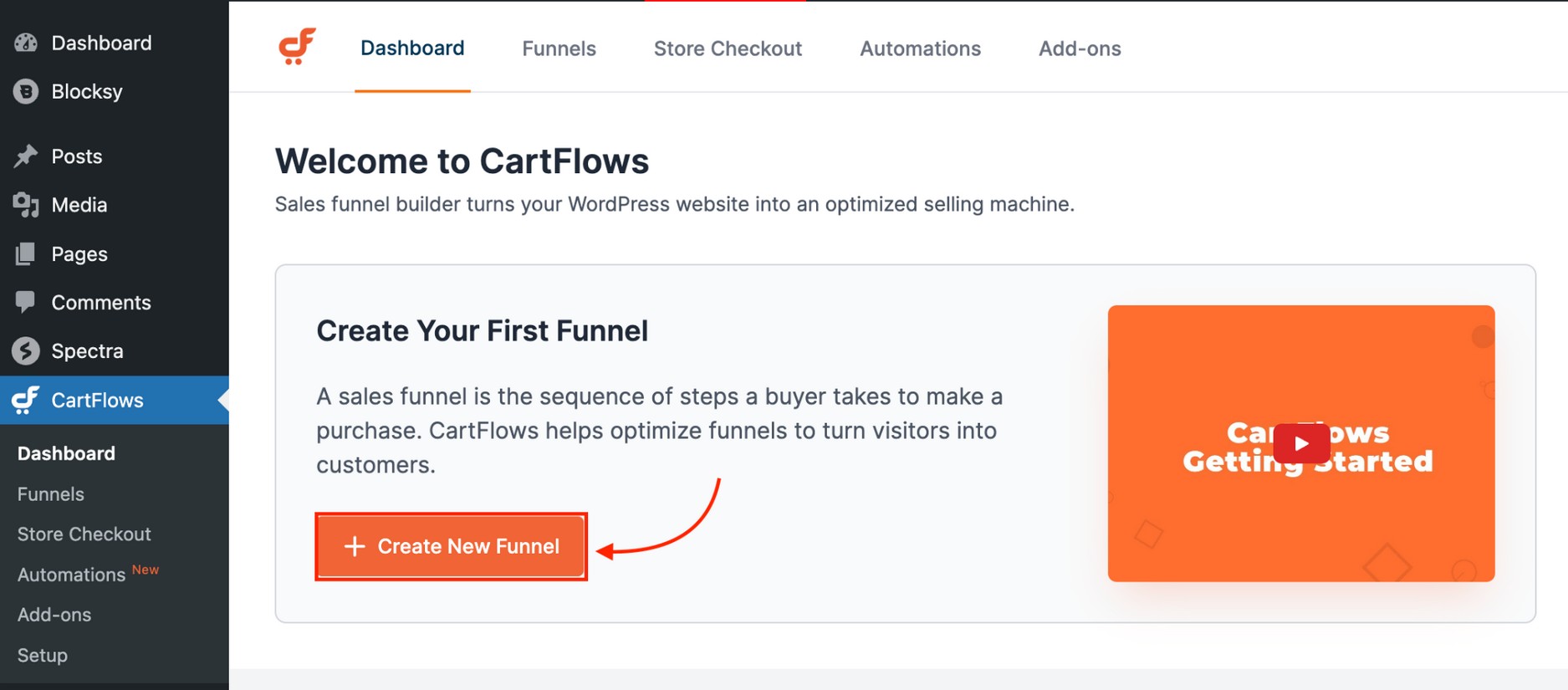
Use CartFlows’ customizable checkout templates to create a streamlined checkout experience or start from scratch.
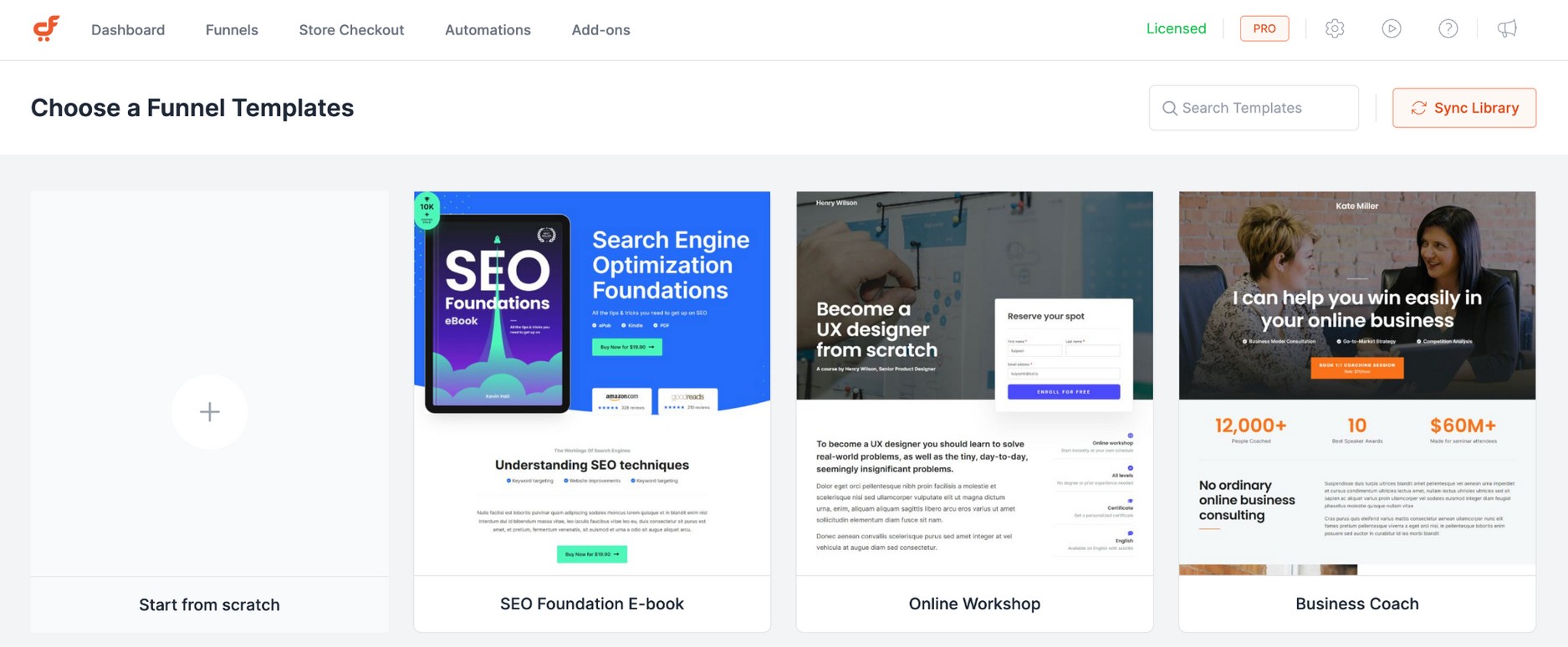
After the checkout step, add one or more upsell steps by clicking on the “Add New Step” button.
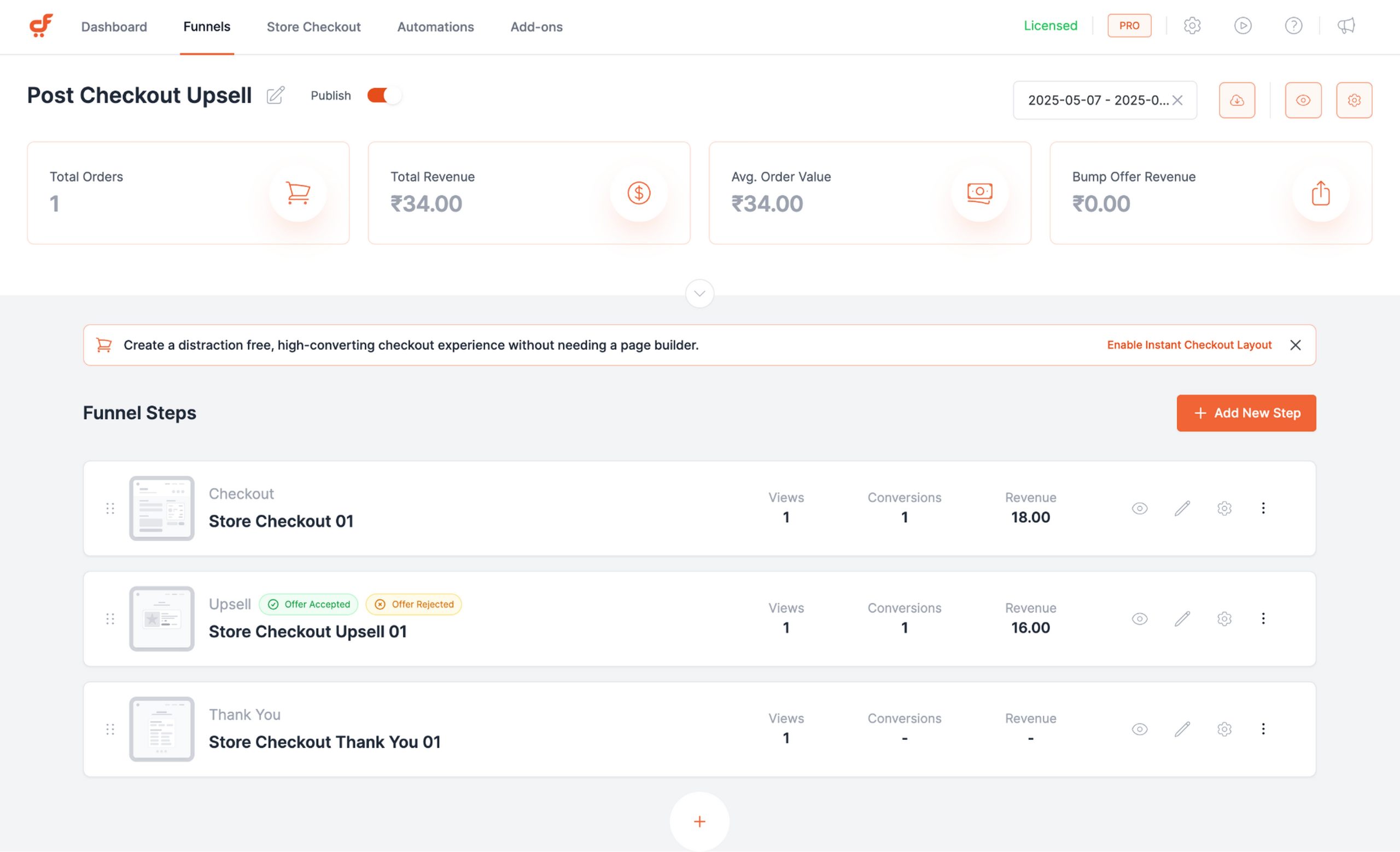
For each upsell, select the product you want to offer and customize the page design. Add the default quantity and any discount you want to offer here.
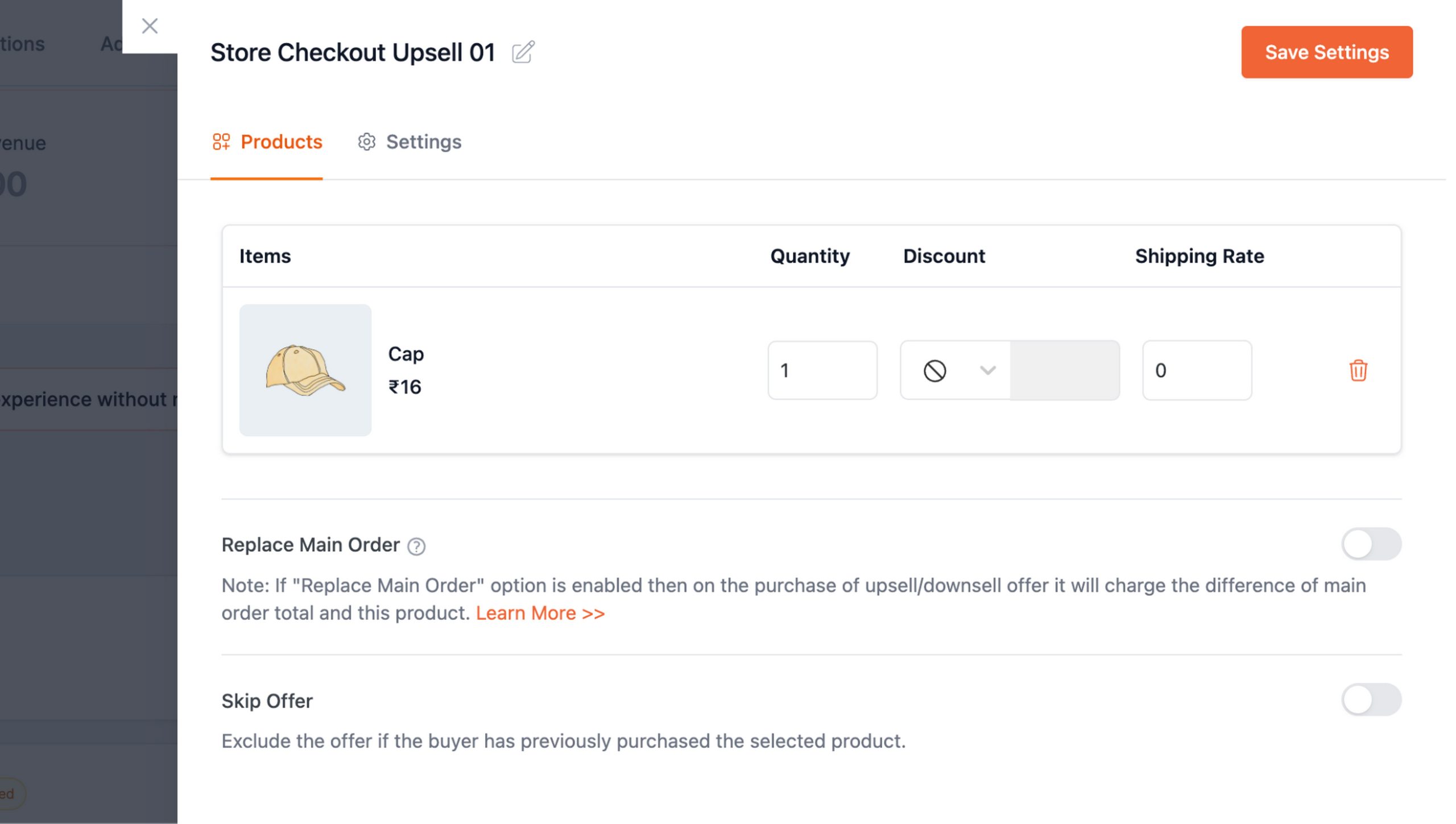
The moment your customer places the order, they will be greeted with this thank you page upsell.
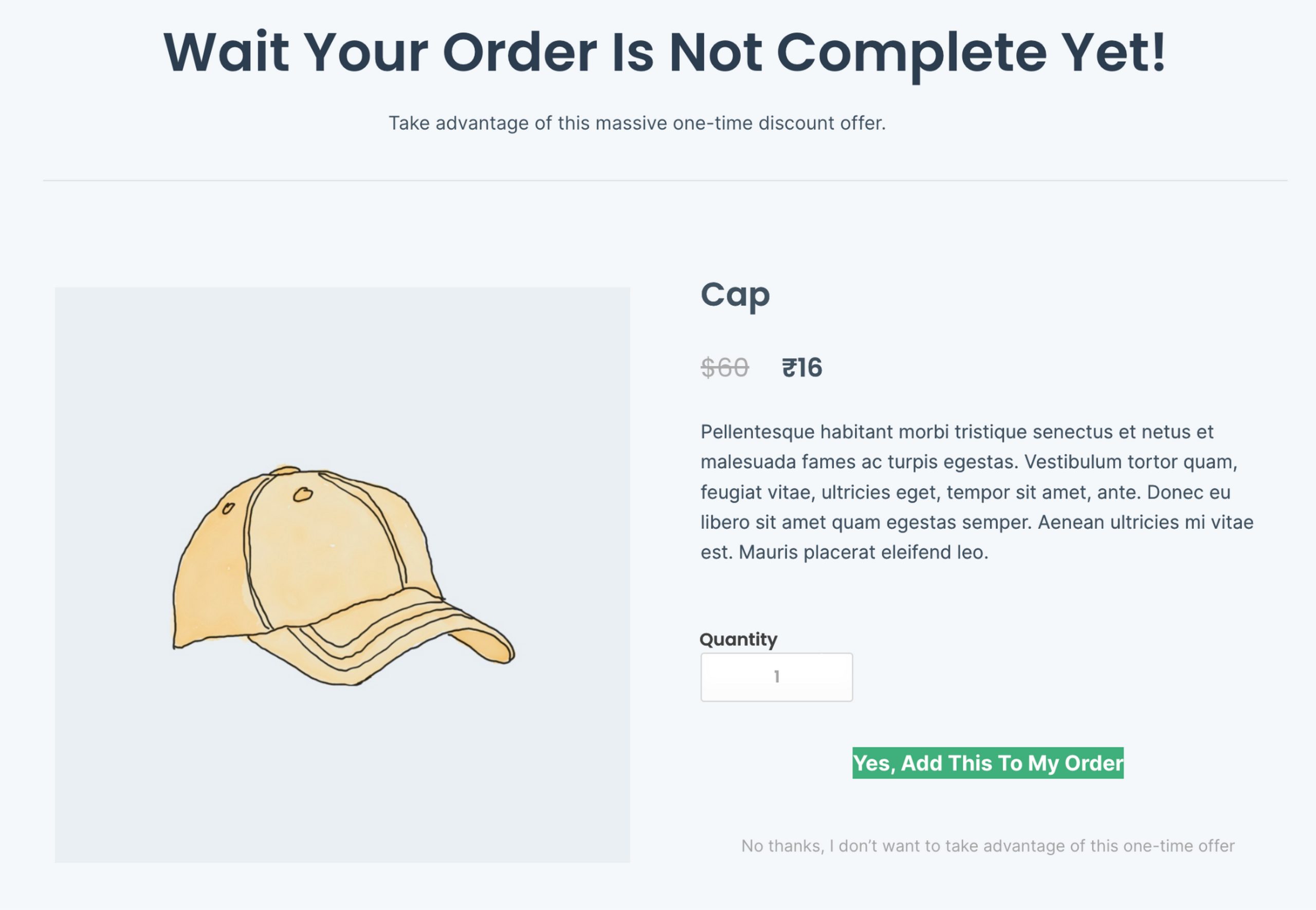
If they click “Yes, Add This To My Order,” their cart will be automatically updated with this additional product and they will be charged the new amount!
That’s it! You now have a one-click upsell ready to generate extra profit!
Measure, Optimize, Dominate
Now, you can track data in CartFlows and Google Analytics.
With CartFlows, you can see how many people have purchased an upsell and what is the revenue generated through the upsell compared to what you would have made without it.
To go deeper into the audience insights, you can also connect GA4.
Here are some of the important metrics you can track to make sure your upselling strategies are effective:
- Upsell acceptance rate: What percentage of customers say yes to each upsell offer?
- Average order value increase: How much does your AOV increase when upsells are accepted?
- Customer satisfaction scores: Are customers who accept upsells more or less satisfied?
- Repeat purchase rate: Do customers who accept upsells return more often?
Once you have the upselling engine running, you can begin optimizing the offers to see if they perform better.
Try to:
- Vary the timing of upsell offers
- Test different price points and discount levels
- Try different messaging styles
- Compare bundle offers against single-item upsells
Double down on what works, and mercilessly cut what doesn’t. Your customers will thank you, and so will your bottom line.
Unlock the Ultimate WooCommerce Store Guide!
Want to build a successful WooCommerce store in 2025? Get our FREE, exclusive step-by-step video course created by the CartFlows team.
Ultimate WooCommerce Store Guide!
Want to build a successful WooCommerce store in 2025? Get our exclusive, step-by-step video course.
Become A Pro At Non-Pushy Upselling
Always ask yourself: “If I were this customer, would I appreciate this suggestion?”
If the answer is yes, you’re on the right track. If not, it’s time to rethink your approach.
The best upsells don’t feel like sales tactics at all.
They feel like a knowledgeable friend saying, “Oh, and you might want to consider this, too. It’ll make what you’re already buying even better.”
And the best part is, when you nail non-pushy upselling, everyone wins.
Your customers get more value, you generate more revenue, and the relationship strengthens rather than weakens.
So go forth and upsell, without making anyone want to block your emails forever!
Upselling – Frequently Asked Questions
Upselling involves encouraging customers to purchase a more expensive version of the product they’re considering (like upgrading to a premium subscription). Cross-selling suggests complementary products that enhance the original purchase (like adding a case to a phone purchase).
The best timing depends on your product and customer journey. Pre-purchase upsells work well for customizable products, during-purchase upsells for impulse addons, post-purchase for complementary items, and relationship-based upsells for loyal customers.
Less is more. Limit your upsells to 1-3 highly relevant offers per transaction to avoid decision fatigue. Too many options can overwhelm customers and actually reduce conversion rates.
Discounts can be effective, especially for bundle offers, but aren’t always necessary. The primary focus should be on communicating value. If the upgrade truly offers superior benefits, customers will often pay full price.
Track key metrics including upsell conversion rate, average order value increase, and customer satisfaction scores. Compare periods before and after implementing upsell strategies to measure impact.
